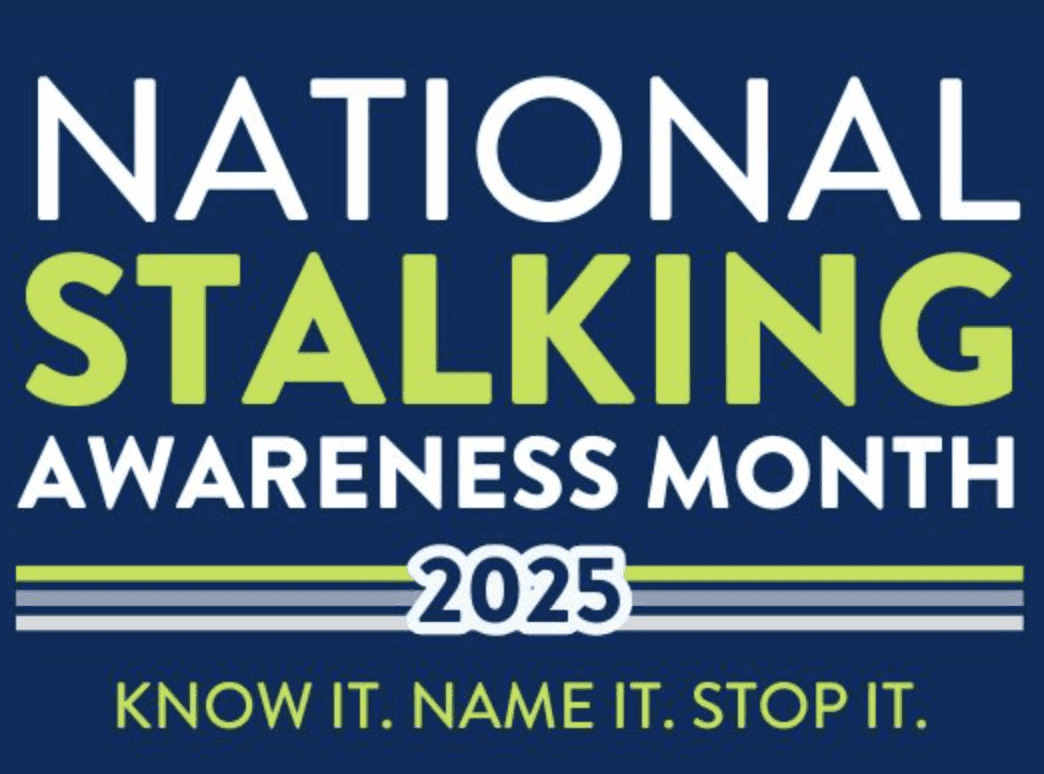After returning home from a long day at work, you begin to feel a slight headache forming. Unfortunately, the headache exacerbates into something more than your average stress headache. You’re suddenly unable to focus, extra sensitive to light, nauseated and the headache feels as if you’ve just been involved in a head on collision with a truck. The only thing that seems to ease the pain slightly is lying on the floor of a room with complete darkness and silence.
This horrible phenomenon is an example of a typical migraine episode and my actual personal experience a few years ago.
A migraine headache is a severe pain most often felt on one-side of the head near the temple, behind the eye or ear and can last for an hour up to a few days. Nausea, vomiting, photophobia (light sensitivity) and phonophobia (noise sensitivity) are classic migraine symptoms which can occur any time of the day and more often in women than men.
The onset process is so complex that researchers are unable to isolate a single causation. As reported by the U. S. Department of Health and Human Services, migraines may be triggered by one or more of the following: blood vessels constricting or expanding, allergies, hormonal changes during menstrual cycles, lack of food or sleep, weather changes, stress and anxiety, nervous system changes, caffeine, alcohol, nicotine, family medical history, bright light, loud noise, and/or certain food additives such as monosodium glutamate (MSG) or sodium nitrate commonly used in processed meats as a preservative.
Though much research has been conducted to discover trends and patterns of migraine sufferers, a plethora of information is still not understood. What is known is 20% of women will suffer from a migraine headache at least once in their lives especially those between 30-50 years of age.
According to the National Headache Foundation, individuals who have several headaches in one month that disrupts everyday life should seek a physician’s care. In an effort to assist with accurate diagnosis, prior to a physician visit, it is highly recommended to document the following:
o Frequency of headaches
o Location of headaches (right side, left side, behind ear or eye)
o Length of time (number of hours or days)
o When it occurs (e.g. during menstrual cycle)
o Family history of migraines
Based on the information provided and a physical exam, a physician may prescribe additional screening measurements such as computerized tomography (CT scan), magnetic resonance imaging (MRI), or a spinal tap (lumbar puncture) to rule out other possible conditions or causes for pain.
A number of migraine pain medications and preventative medications are currently available for treatment. However, self care techniques, as reported by the Mayo Clinic, may also help relieve the pain. Practicing yoga and other muscle relaxing techniques, getting between seven to nine hours of sleep, and upon a migraine onset, resting in a dark quiet room and placing an ice pack wrapped in a cloth on the back of the neck while applying gentle pressure to the headache area are few suggestions.
For more information, please contact your primary care physician and visit the National Headache Foundation (NHF) website at www.headaches.org or contact the NHF at 1-888-NHF-5552.
Deana Newman is currently a Cardiovascular Perfusionist at Sparrow Hospital and a Master’s candidate in Health Communications at Michigan State University.



